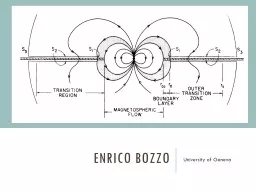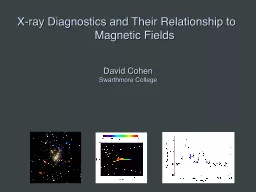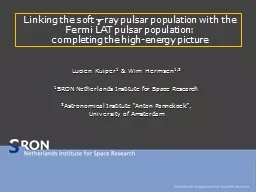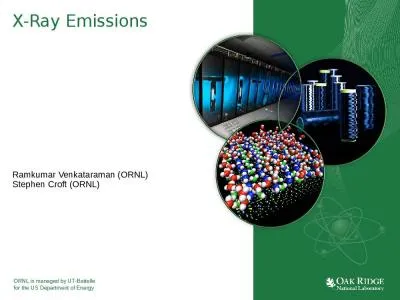PPT-On the low level x-ray emission of transitional pulsars
Author : celsa-spraggs | Published Date : 2016-06-24
Enrico Bozzo University of Geneva Transitional pulsars pulsations at unprecedentedly low Xray Luminosities XSS 122704859 P spin 169 ms L X 5x10 33 ergs Papitto
Presentation Embed Code
Download Presentation
Download Presentation The PPT/PDF document "On the low level x-ray emission of trans..." is the property of its rightful owner. Permission is granted to download and print the materials on this website for personal, non-commercial use only, and to display it on your personal computer provided you do not modify the materials and that you retain all copyright notices contained in the materials. By downloading content from our website, you accept the terms of this agreement.
On the low level x-ray emission of transitional pulsars: Transcript
Download Rules Of Document
"On the low level x-ray emission of transitional pulsars"The content belongs to its owner. You may download and print it for personal use, without modification, and keep all copyright notices. By downloading, you agree to these terms.
Related Documents














